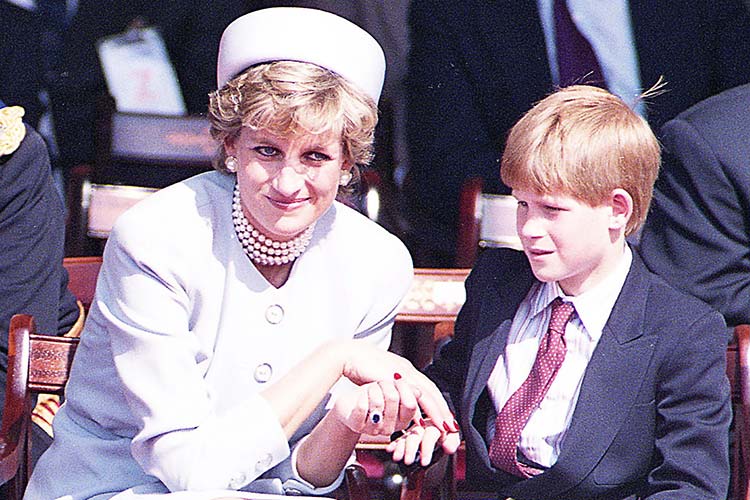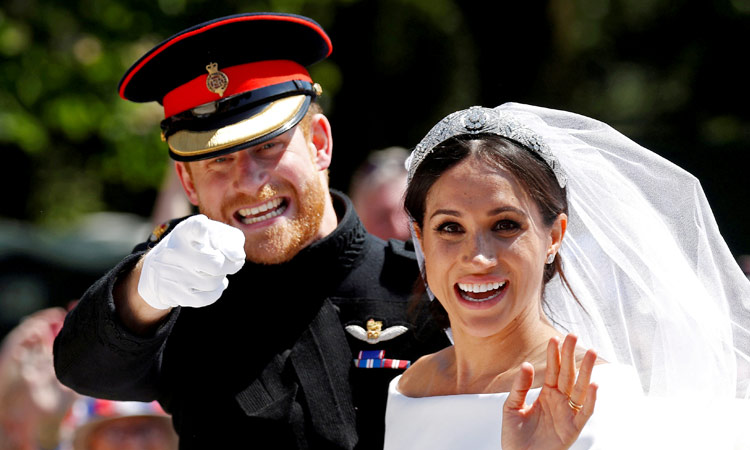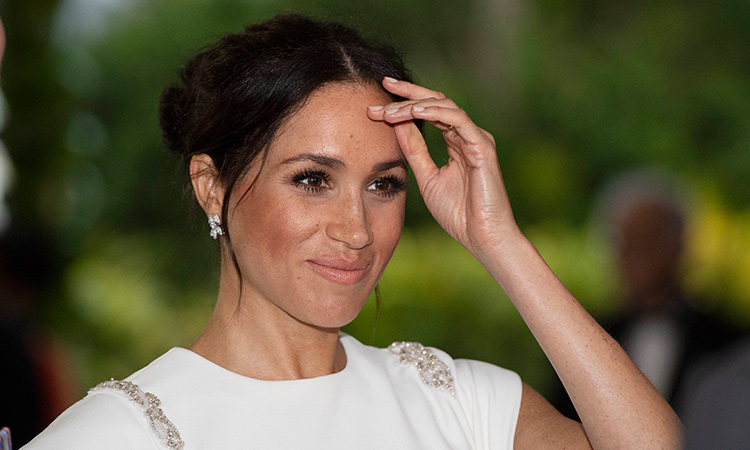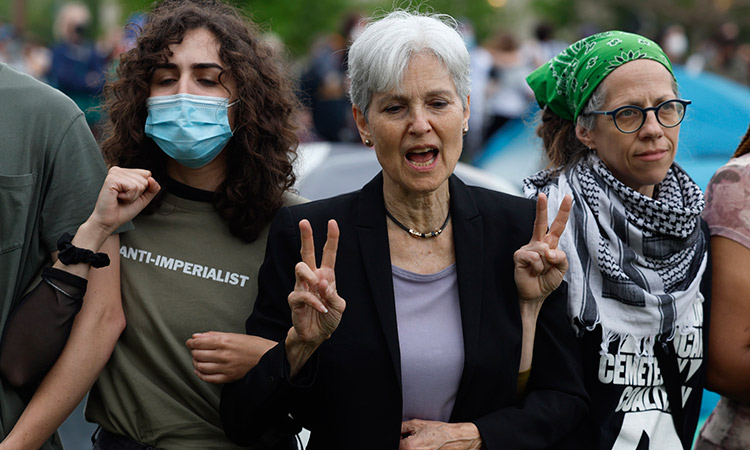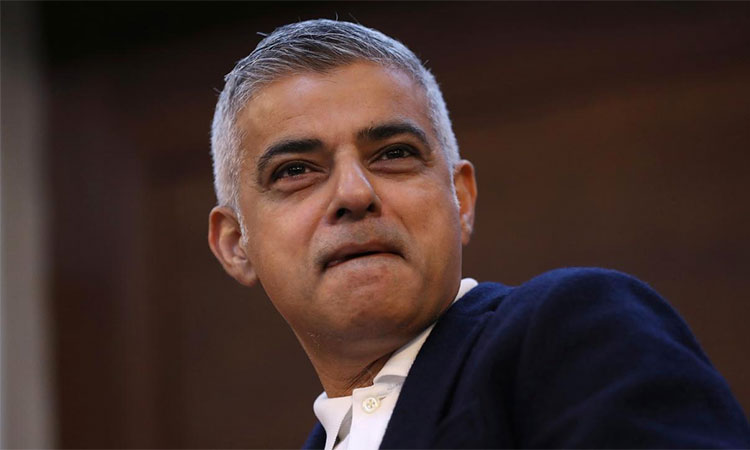Harry and Meghan’s car chase has shocking echoes of Diana
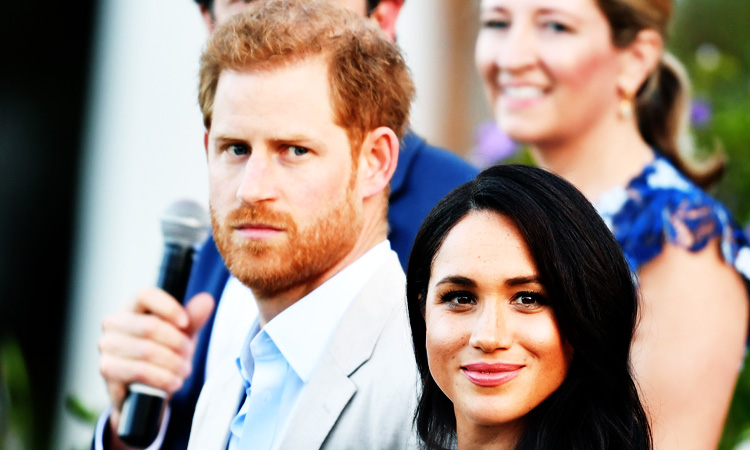
Prince Harry, Meghan Markle
Samuel Fishwick, The Independent
Again and again, Prince Harry, Duke of Sussex, has fought to defang a rampaging media that he believes is insatiable. Again and again he has been mocked, derided and ignored.
Today, if his spokesperson is to be believed, the prince and his wife the Duchess of Sussex, Meghan Markle, were involved in an incident with shocking echoes of the tragic car accident that killed his mother Diana in 1997.
A “near catastrophic” car chase at the hands of a “highly aggressive paparazzi” is reported to have lasted for over two hours, as the Duke and Duchess of Sussex and Doria Ragland were pursued by six blacked out vehicles.
Hours earlier, as the Duke and Duchess attended the Women of Vision awards, a bystander was heard shouting: “Meghan, how do you feel being part of two broken families!?”.
A source close to the Sussexes say Harry, Meghan and (Meghan’s mother) Doria are “understandably shaken but thankful everyone’s safe”.
It is an astonishing statement — enough to make even the most militant detractors of the duke and duchess shake their heads in disbelief. It sounds like a bad joke. Shock is the most pertinent emotion of the moment.
The mind reels, spinning back over decades in seconds to that fateful early morning two decades ago when television screens the country over showed nothing other than that terrible, tragic footage of a Paris car tunnel bathed in the wan, grim light of daybreak. Let us not forget the terms on which the prince began his campaign of retribution against the press in that infamous Oprah Winfrey interview back in 2021.
“The clicking of cameras and the flashing of cameras makes my blood boil,” he told Winfrey. “It makes me angry and takes me back to what happened to my mum and my experience as a kid.”
That crash was famously blamed on the paparazzi who had been following the princess. The accident also resulted in the deaths of Diana’s boyfriend, Dodi Fayed, and her chauffeur, Henri Paul.
Now a relentless pursuit. Two hours. The son and his wife, exiled from their country and family, in the car. It is a percussive succession of coincidences and details that will make the blood of every right thinking person boil.
They are the beats of a story that, for the prince, has never stopped pursuing his every waking moment.
We know that that terrible episode of his childhood has haunted Harry, now 38, since he was 12 years old. In his memoir, Spare, Harry revealed that he had asked his chauffeur to drive through the Paris tunnel where his mother Princess Diana died in 1997, at the same speed of 65mph.
“Off we went, weaving through traffic, cruising past the Ritz, where Mummy had her last meal, with her boyfriend, that August night,” Harry wrote. “Then we came to the mouth of the tunnel. We zipped ahead, went over the lip at the tunnel’s entrance, the bump that supposedly sent Mummy’s Mercedes veering off course. But the lip was nothing. We barely felt it.”
He would return to the episode again in the Apple+ series The Me You Can’t See: “Unfortunately, when I think about my mum, the first thing that comes to mind is always the same one, over and over again,” he said. “Strapped in the car, seatbelt across, with my brother in the car as well, and my mother driving, being chased by 3, 4, 5 mopeds with paparazzi on, and she was always unable to drive because of tears. There was no protection.”
It is a story we know by rote, one that has been played out, picked over and turned around so many times by our press, in TV series and in endless biographies, that it has perhaps started to feel unreal, a folk story, a warning fable, a distant bad dream.
In that light, it has been easy to roll the eyes at the prince’s own unrelenting hounding of the press, his self-appointed quest to pursue a more respectful and worthy discourse between media and celebrity. His unsparing crusade against the phone-hacking perpetrated by some of Britain’s most powerful newspapers, backed by the vast reserves of his own private fortune, has seen him painted as a man possessed, a Don Quixote tilting at yesterday’s windmills.
